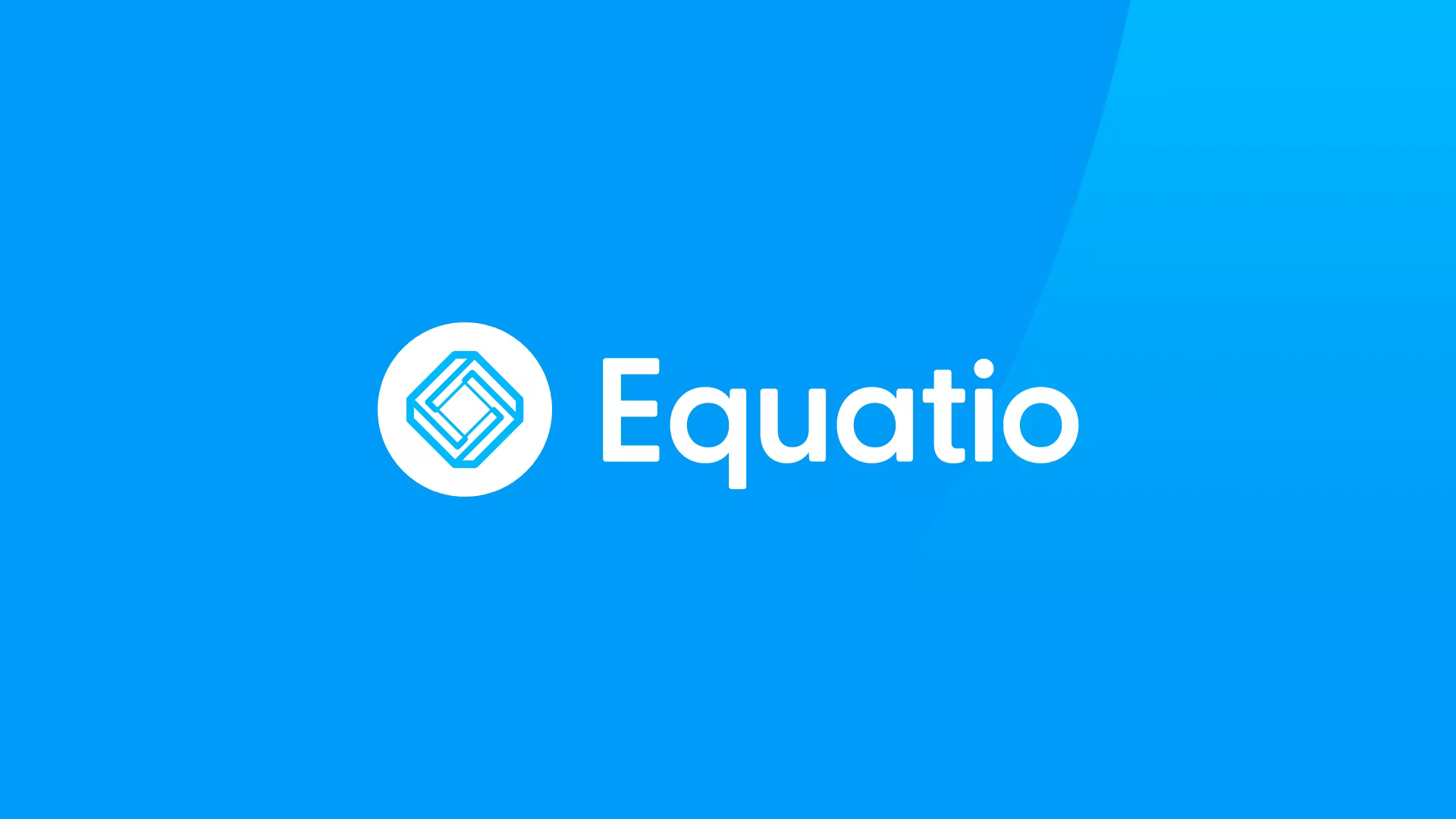Get Your Ducks in a Row
from Technology & Learning
Key factors to keep in mind when building your technology plan.
Fall is just around the corner. You have great new ideas for your programs, but most of your budget is already committed. So where are the incremental dollars and how do you and your team go for them?
Fast-released grants, RFPs with unrealistic turnarounds, and proposals to funders of great ideas—all of them require the most up-to-date information that reflects the profile of your district or school. How do you “get your ducks in a row†so that you can respond quickly, effectively, and accurately? Here are a few tips.
- Know the tax ID of your organization. This must be included in response to any funding proposal or response.
- What are the demographics?
What is the profile of your student population? Think ethnicity, ages, socioeconomic status, primary languages, and so forth. This information needs to be updated each year.What are the demographics of your staff? Ask the same questions as above, plus a few more: length of tenure, education background, subject specialty.What are the demographics of the community you serve? - What are the test scores of your district? You need a high-level description. If you can translate this into graphs and charts for proposals, you will be much better prepared than your competitors. The more ways you can cut these the better: grade levels, ethnicity, socioeconomics, and more.
- Assess your needs. If you aren't clear about them, your positioning won't be as persuasive.
- What are the successes you have now? Become a marketer. If you can show past success, funders will have confidence that you may transpose those strategies onto the program you are requesting them to fund in the coming year.
- Funding success. Funders want to make sure if you get the money, you can use it effectively. Pick sites that have a good record in this area. To those of you who have never received funding, don't give up. I recommend talking to someone from a district who has written a proposal and was granted funds. Find out what they did, how they did it, and, if possible, read their proposal.
- Choose the source of funding based on your district or school profile, your student performance, your needs, your community, and your past funding performance.
- Use this quiet time of year to get your data ready. That will give you a huge advantage over your peers as you pursue the funds quickly, effectively, and convincingly.
Good luck!
Jenny House is principal for Red Rock Reports, which provides the K–12 technology and services community with information about education funding and funding trends.
Tools and ideas to transform education. Sign up below.
